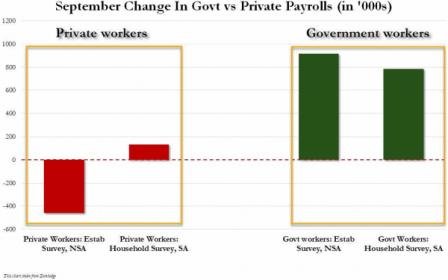So yes, this latest jobs report has good and bad, but there’s also something ugly—and worrisome—in the statistics.
The Labor Department’s figures show the economy added 139,000 jobs in May, but the April and March numbers were revised down heavily by a total of 95,000. That means two-thirds of the payrolls added in May were jobs we thought the economy already had.
Large downward revisions became a trend under Biden and are continuing. To be clear, revisions are a normal part of the monthly job reports, but they became abnormal during the last administration, and nothing was done to fix the problem.
In 2022, it was clear that the monthly job reports were grossly—and consistently—overstating the growth of nonfarm payrolls in the initial estimates, and the Bureau of Labor Statistics has yet to fix the issue. Recent forecasts from the Federal Reserve Bank of Philadelphia indicate that job growth in the middle of last year will need to be revised down even further by half a million.
It's unacceptable that these data are unreliable when major market movers (including the Federal Reserve) depend on the accuracy of these figures when making consequential decisions. The Labor Department needs to address this ugly issue immediately so we can better assess if future job reports are good or bad.







